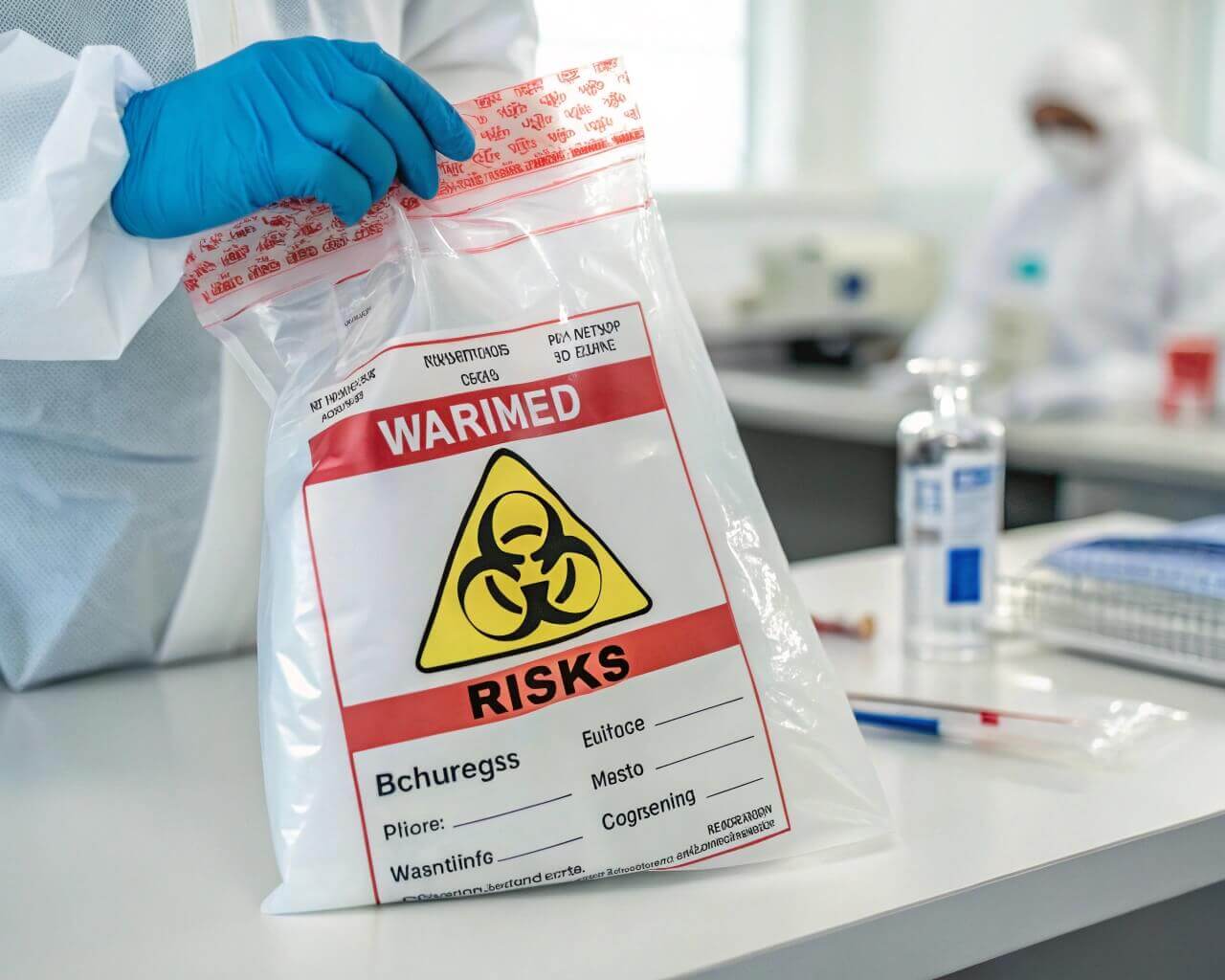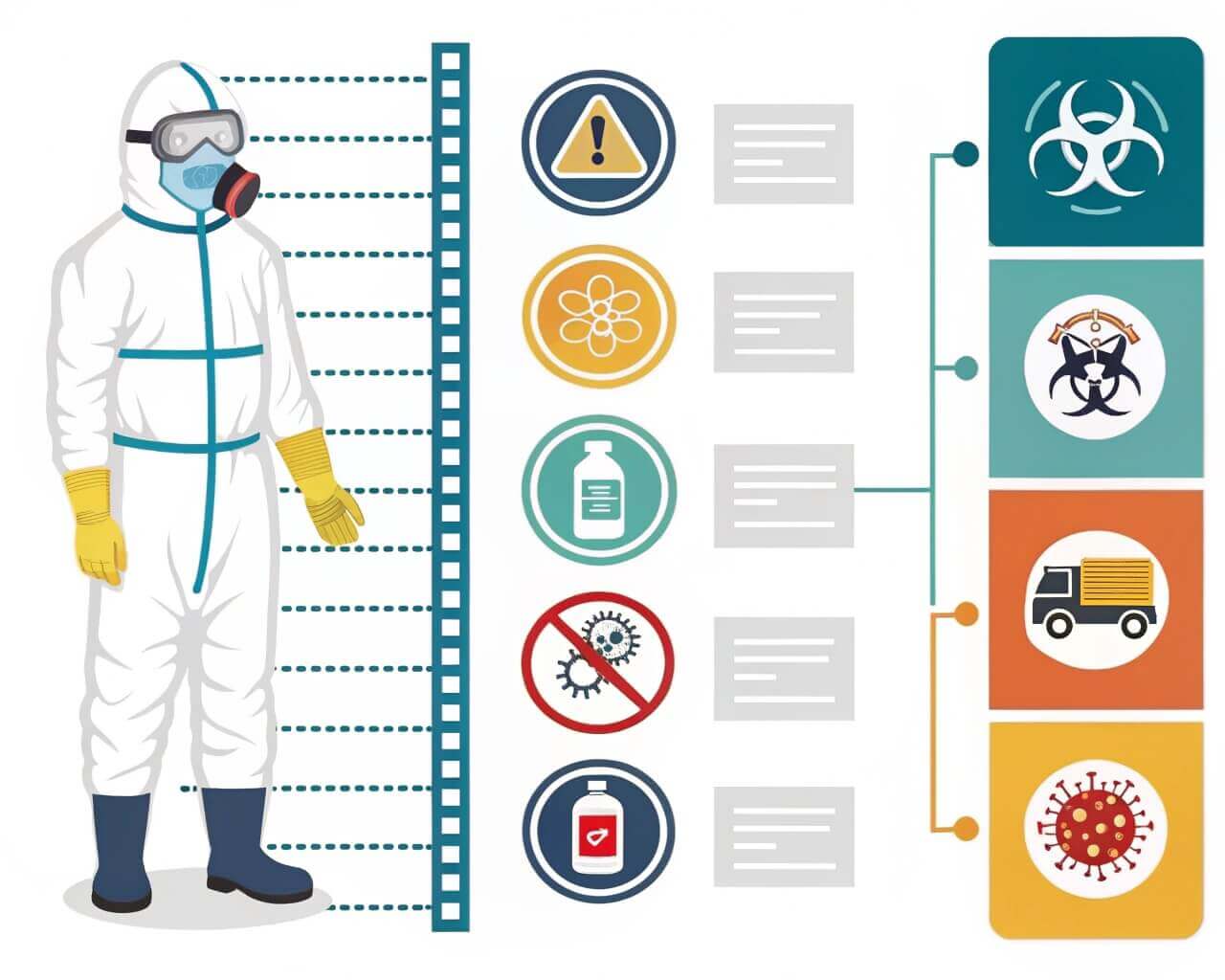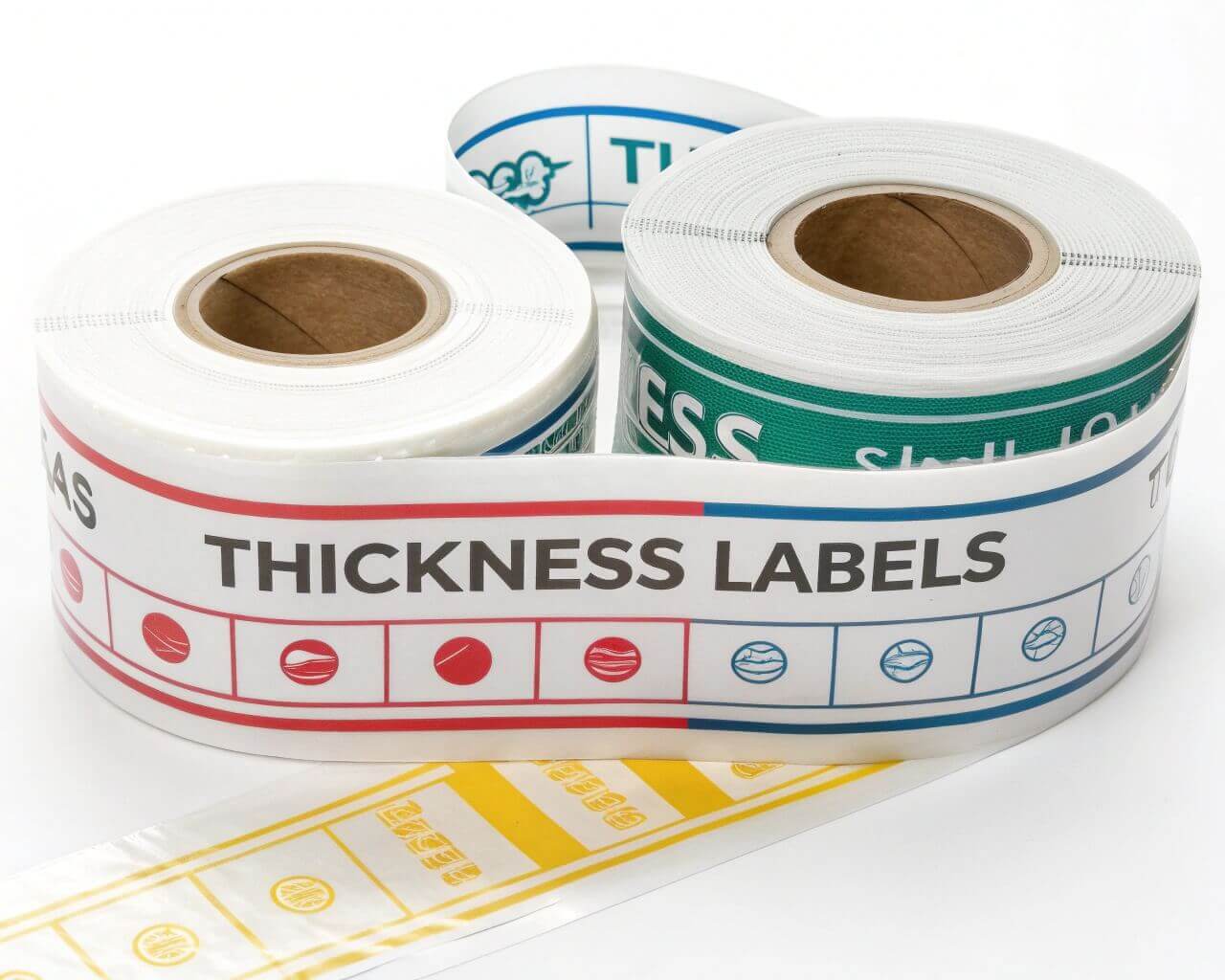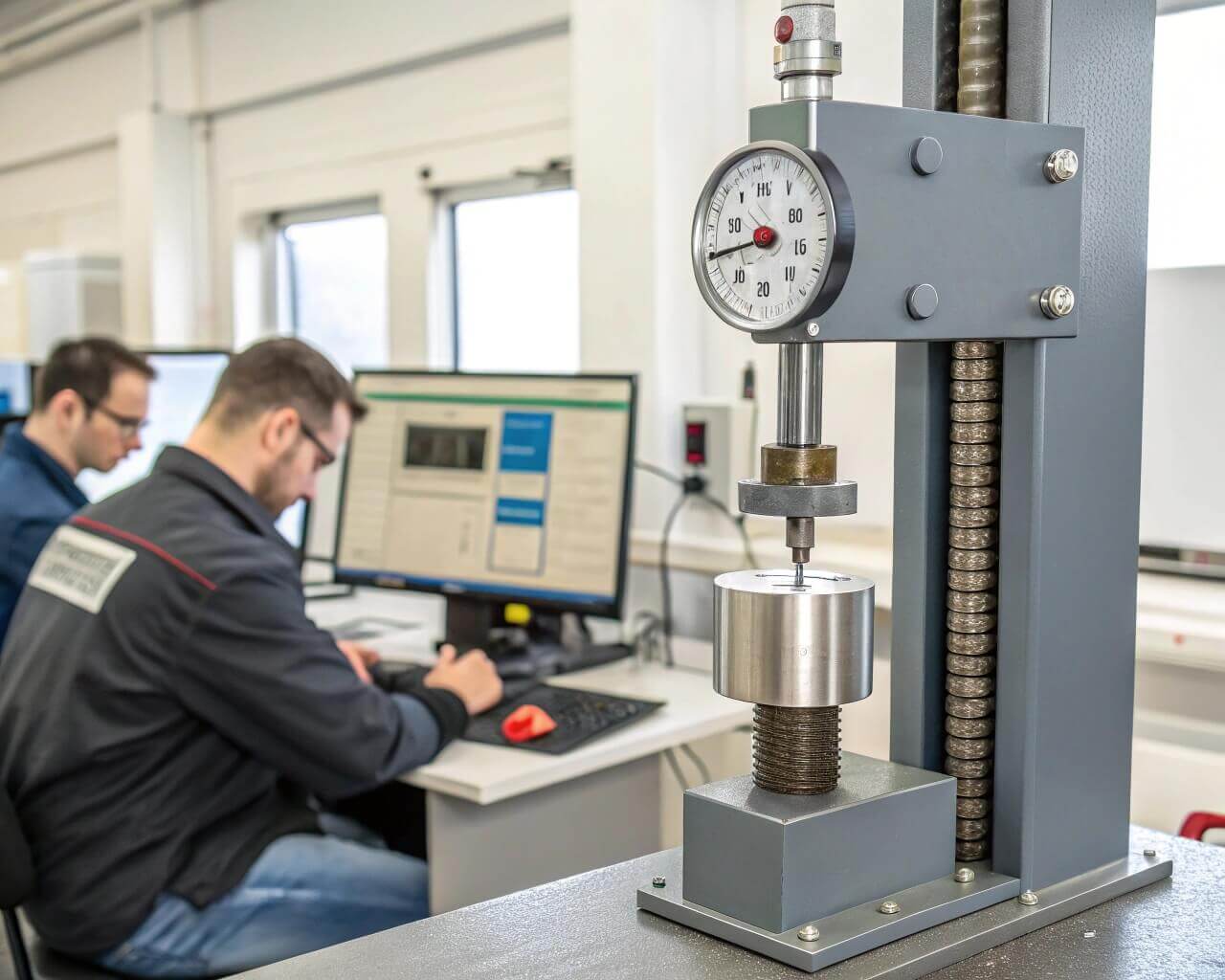Using wrong biohazard bags? Risks are lethal. Your staff faces contamination threats daily. Let’s fix this now.
Non-compliant biohazard bags cause infections, legal fines, and environmental harm. To choose right: Verify thickness (2-4 mil minimum), secure seals (zip-lock/adhesive), clear biohazard labeling, and OSHA/state compliance. Partner with certified suppliers.

Avoid these risks immediately. We’ll show you exactly how to select safe bags.
The Ultimate Guide to Choosing Compliant Biohazard Specimen Bags: 6 Critical Safety Criteria?
Struggling to pick safe bags? Mistakes cost lives. Follow these six non-negotiable checks.
The six key criteria are regulatory compliance, material strength, seal reliability, label clarity, puncture resistance, and size accuracy. Audit suppliers against all before buying.

Go Beyond Basic Checks
Safe biohazard handling depends entirely on your bag’s design. As manufacturers, we see three pillars fail most often:
| Critical Pillar | Failure Consequences | Our Testing Standard |
|---|---|---|
| Material Durability | Leaks cause cross-contamination | 4-mil FDA-grade polyethylene |
| Seal Integrity | Open seams expose handlers | Double-seal pressure verification |
| Regulatory Marks | Non-compliance fines up to $70k | Printed OSHA/UN2814 symbols |
Thicker materials resist tears during transport. Seals must pass drop tests—we simulate 5ft falls onto concrete. Missing regulatory symbols? That violates USDOT shipping rules. Always request Certificates of Compliance. Our factory provides these freely because bulk orders shouldn’t risk your reputation.
Choosing Biohazard Specimen Bags: Seals, Thickness (Mil), & Labels Demystified?
Seals leaking? Thickness confusing you? Unclear labels risk misdiagnosis. Get clarity fast.
Seals need adhesive strips or interlocking teeth. Thickness (mil) should be 2-4 mil for clinical waste. Labels require large spaces for patient IDs and waste types.

Understand Specifications Simply
Don’t guess—measure what works. We breakdown specs for real-world use:
| Feature | Purpose | Common Mistake |
|---|---|---|
| Zip-Lock Seals | Reusable access for double-bagging | Using flimsy strips that peel open |
| 4-Mil Thickness | Prevents needle punctures | Buying thin 1-mil bags to save money |
| Pre-Printed Labels | Speeds documentation | Handwriting smears or fades |
Thinner bags tear when stacked. Adhesive seals fail when frozen. We produce bags with melt-resistant glue because labs handle extreme temperatures. Free samples prove it—test yours 24 hours in freezers. For new designs, we absorb plate fees on repeat orders because reliability shouldn’t cost extra.
Beyond the Symbol: What Makes a Biohazard Specimen Bag Truly Safe? (Materials, Seals & Strength)?
A symbol means nothing. Weak plastic leaks. Poor seals burst open. Protect against real threats.
True safety needs FDA-grade polyethylene plastic, pressure-tested seals, and reinforced stress points. Without this, bloodborne pathogens spread fast.

Secret Strengths Matter
Three hidden features prevent disasters:
| Element | Function | How We Guarantee It |
|---|---|---|
| LDPE Material | Block pathogens | Sourced from medical-grade supplies |
| Double Seams | Resist opening at corners | Ultrasonic welding tests |
| Side Gussets | Expand when full | Added 25% width tolerance |
Thinner side seams tear during automated handling. Gussets prevent overfilled explosions. We add puncture-resistant layers for sharps containers. Ask for tear-strength metrics—our bags withstand 18kg force because export shipping demands durability.
Biohazard Specimen Bags: The Complete Checklist for Safe, Compliant Handling & Shipping?
Forgot a step? Mishandling causes outbreaks. Use this foolproof checklist now.
Handle safely: pre-label bags, wear gloves, seal twice, use secondary containers, train staff weekly, log disposal, and audit partners annually. Replace non-compliant bags immediately.

Avoid Top 5 Operational Errors
Compliance means daily discipline. Here’s where facilities fail:
| Error | Risk | Our Mitigation |
|---|---|---|
| Single-Bagging | Contaminates outer surfaces | Supply color-coded double-bag sets |
| Missing Logs | Regulatory fines | Include printed tracking tags |
| Wrong Sizing | Overfilled leakages | Offer 15 size options |
Small bags overflow. Unlogged waste violates OSHA. We ship compliant kits globally—experience saves clients 35% customs delays. Bulk buyers get free restocking because shortages shouldn’t halt hospitals.
Conclusion:
Prioritize compliant bags always. Protect lives, avoid fines. Choose certified partners for safety.

